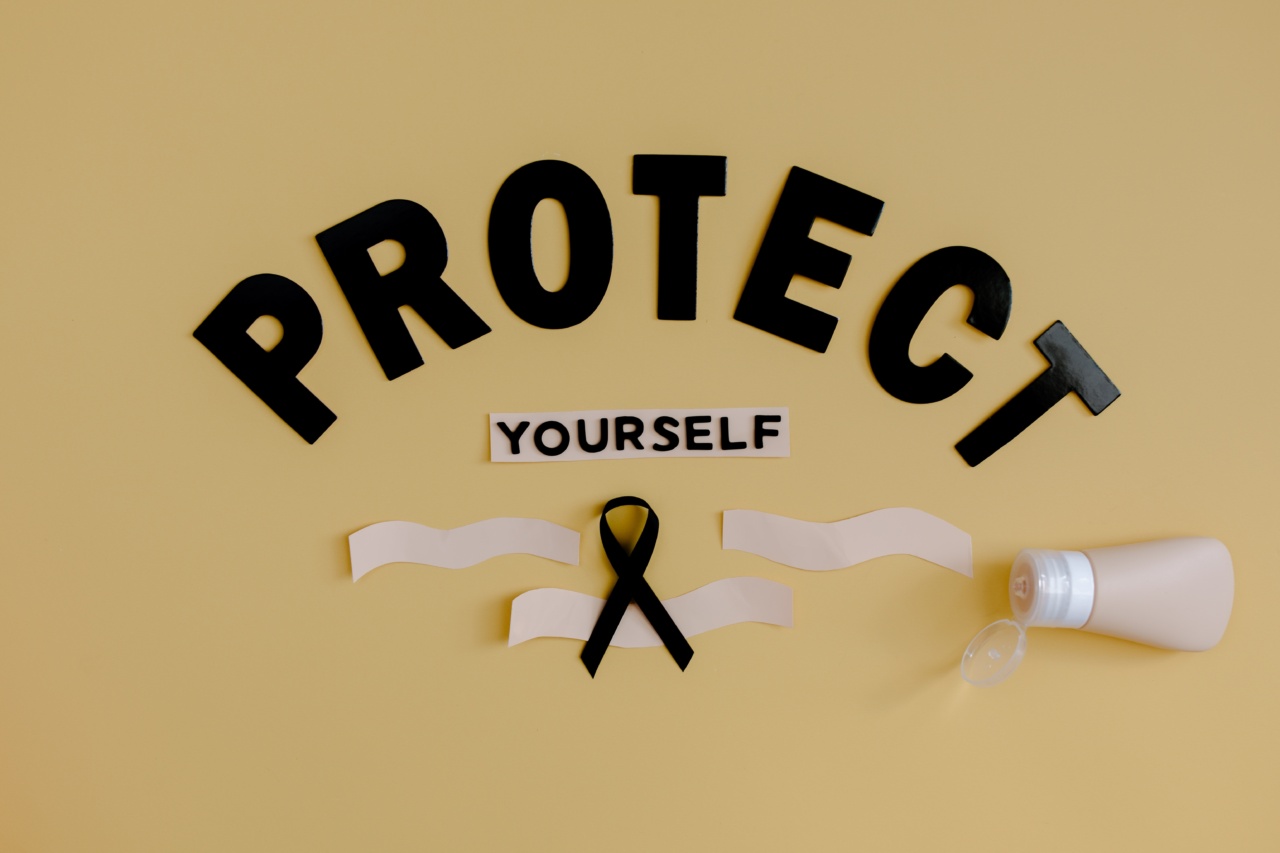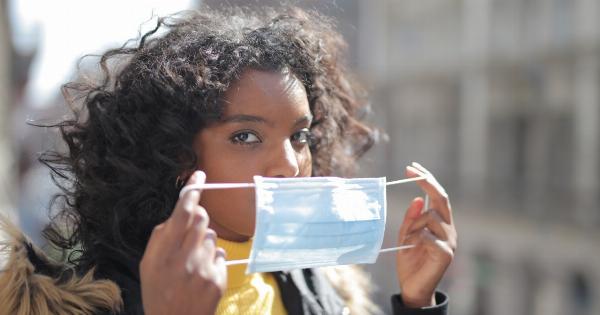Skin cancer is one of the most common types of cancer globally, affecting millions of people each year. It occurs when the skin cells start growing abnormally, often due to prolonged exposure to ultraviolet (UV) radiation from the sun or tanning beds.
However, early detection plays a crucial role in successful treatment, making it vital to recognize warning signs and know when to seek medical attention. In this article, we will discuss how to identify skin cancer with the help of warning signs in pictures.
Types of Skin Cancer
There are several types of skin cancer, including:.
1. Basal Cell Carcinoma (BCC)
BCC is the most common form of skin cancer, originating in the basal cells of the outermost layer of the skin. It usually appears as a small, shiny bump or a red patch that may be pink, red, or brownish.
BCC tends to grow slowly and rarely spreads to other parts of the body.
2. Squamous Cell Carcinoma (SCC)
SCC begins in the squamous cells, which are located just beneath the surface of the skin. It commonly looks like a firm, red nodule or a flat and scaly lesion. Unlike BCC, SCC has a higher risk of spreading to other areas of the body if left untreated.
3. Melanoma
Melanoma is the most dangerous type of skin cancer and can develop from a pre-existing mole or appear as a new dark spot on the skin.
It often has irregular borders, varied shades of brown, black, or even pink, and may change in size, shape, or color over time. Early detection and treatment are crucial to prevent it from spreading to other parts of the body.
Identifying Skin Cancer Through Visual Warning Signs
While it is essential to consult a dermatologist for a professional evaluation, being able to identify potential warning signs can help you seek medical attention promptly. Here are the visual warning signs of skin cancer:.
1. ABCDE Rule for Melanoma Detection
The ABCDE rule is a valuable tool for identifying potential melanoma. Each letter corresponds to a characteristic to watch for:.
a) Asymmetry
If one half of a mole or spot is different from the other half, it could be a warning sign of melanoma. Normal moles are usually symmetrical in shape.
b) Border Irregularity
Irregular, blurred, or poorly defined borders may indicate possible melanoma. Benign moles often have smooth, even borders.
c) Color Variation
Moles or spots with uneven color distribution, such as various shades of brown, black, red, white, or blue, should be examined by a dermatologist.
d) Diameter
Any mole larger than 6mm (about the size of a pencil eraser) should be evaluated. However, melanomas can also be smaller, so any persistent or changing mole should be checked.
e) Evolution
Keep an eye on moles or spots that change in size, shape, color, or elevation. Evolution in any aspect can be a warning sign.
2. Change in Texture
If you notice a spot on your skin that becomes rough, scaly, crusty, or starts oozing blood, it’s advisable to consult a dermatologist. Changes in texture can signal the presence of skin cancer.
3. Sores That Don’t Heal
Non-healing sores or wounds that persist for several weeks or months can be indicative of skin cancer, especially if they continue to grow in size.
4. New Growth
If you have a new mole, growth, or lump on your skin that appears rapidly and continues to enlarge, it is essential to get it examined by a medical professional.
5. Moles That Bleed or Itch
Moles are generally harmless, but if you notice any changes, such as itching, bleeding, or crusting, it could be a sign of skin cancer and should be checked by a dermatologist.
6. Ulceration
An ulcerated sore or an open wound that refuses to heal could be an indication of advanced skin cancer. Seeking prompt medical attention in such cases is crucial.
7. Family History and Personal Risk Factors
If you have a family history of skin cancer or have certain risk factors such as fair skin, a history of sunburns, excessive sun exposure, or a weakened immune system, you should be particularly vigilant and undergo regular skin examinations.
Conclusion
Recognizing the warning signs of skin cancer through visual cues and understanding the different types of skin cancer can help in its early detection.
Regular self-examinations, routine visits to dermatologists, and practicing sun safety measures are vital for maintaining healthy skin and preventing the development of skin cancer.























